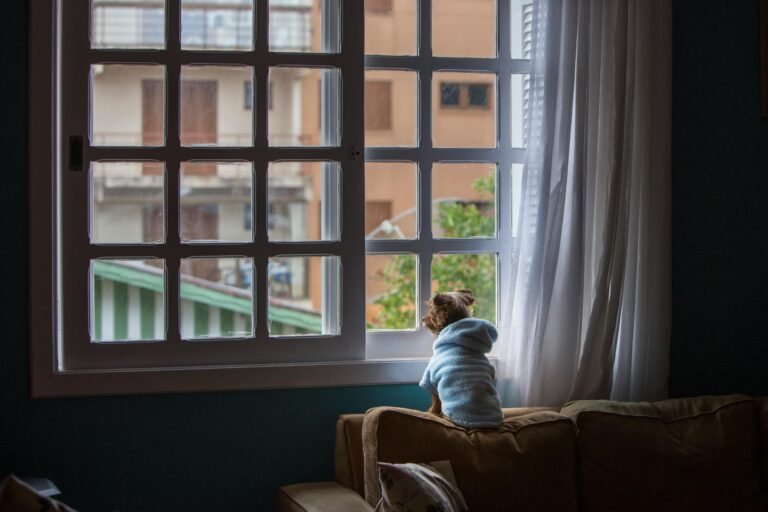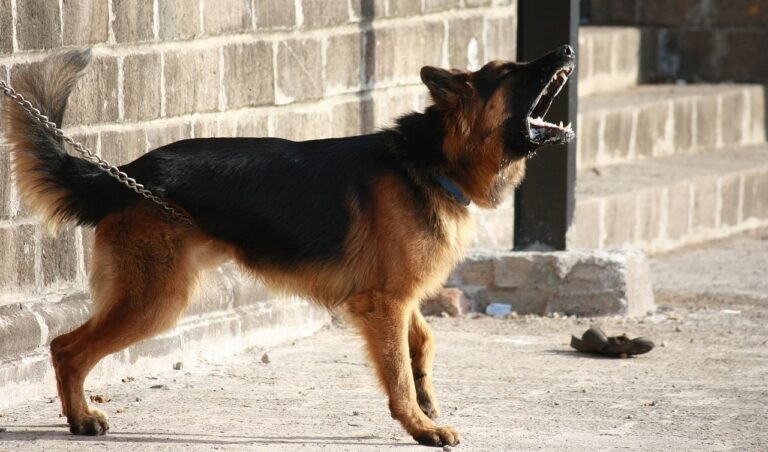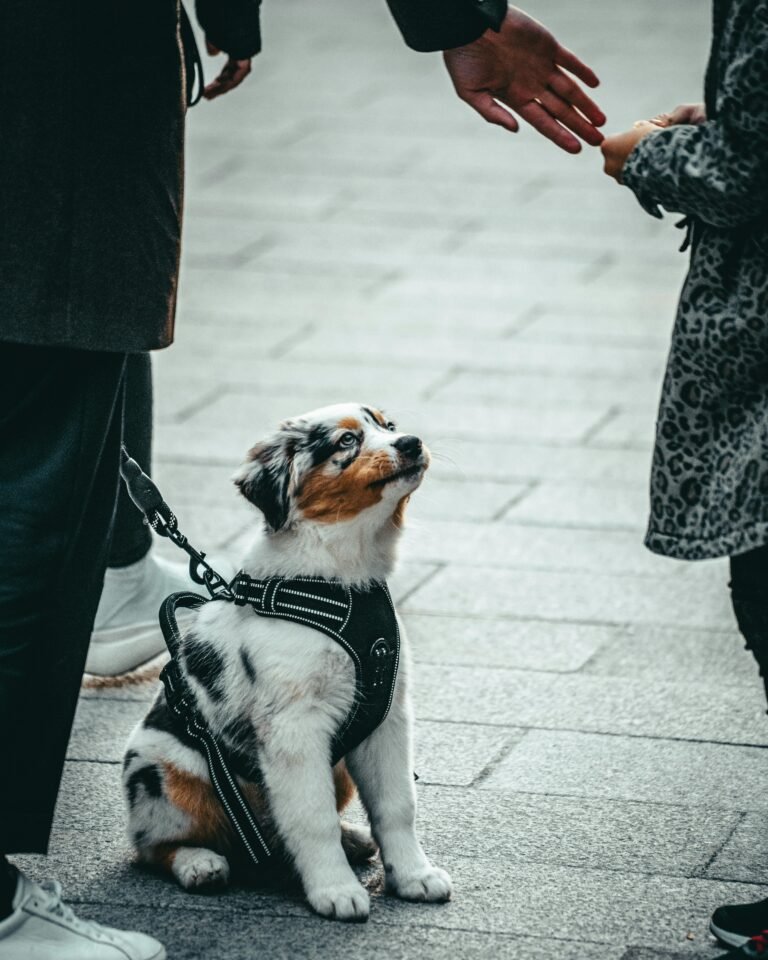Introduction
What if your dog could clean up after playtime? Teaching your pup to put away their toys isn’t just a cute party trick—it’s a fun, practical behavior that promotes mental stimulation, organization, and teamwork. Dogs thrive when given tasks that make them feel useful, and this one combines obedience, problem-solving, and play. Whether you live with a toy-loving retriever or a mischievous terrier, you can turn clean-up time into a rewarding bonding activity. Here’s how to train your dog to tidy up their toys step-by-step.
Why Teach Your Dog to Put Away Toys?
This trick is more than just entertaining. It strengthens core training concepts like targeting, retrieving, and releasing on command. Plus, it’s mentally enriching and gives your dog a sense of accomplishment. Benefits include:
- Organization: Keeps your living room free of squeaky chaos.
- Confidence building: Completing a “job” boosts your dog’s self-esteem.
- Bonding time: Cooperative training enhances trust and focus.
- Mental stimulation: Engaging your dog’s brain helps prevent boredom-related behaviors like chewing or digging.
- Foundation for advanced tasks: Teaches skills used in service or trick training.
What You’ll Need
- A toy bin or basket (low and wide works best)
- 5–10 of your dog’s favorite toys
- High-value treats (small, soft ones are ideal)
- Optional: a clicker, if your dog is clicker-trained
Step 1: Teach “Take It”
If your dog doesn’t already know how to pick up objects, start here. Hold out a toy and encourage them to take it in their mouth. Use the cue “take it,” click or say “yes” when they grab it, and reward. Repeat until your dog eagerly picks up toys on command.
Step 2: Introduce the Toy Bin
Place the toy bin near your dog. Drop a toy close to it and let your dog interact with the setup. Reward curiosity—sniffing, looking at, or touching the bin. This makes the bin itself exciting and positive. You can even toss a treat into the bin to encourage exploration.
Step 3: Add the “Drop It” Cue
Ask your dog to take a toy, then hold a treat near their nose. When they release the toy, say “drop it,” and immediately reward. Practice until your dog understands that letting go of the toy earns them something good. Eventually, you won’t need to show the treat first.
Step 4: Combine the Behaviors
Now it’s time to put the skills together:
- Ask your dog to “take it.”
- Guide them toward the bin (you can point or stand near it).
- When they’re over the bin, give the “drop it” cue.
- Click or praise the moment the toy lands in the basket and reward generously.
If they drop the toy too early, stay calm—just reset and try again. Mark and reward any progress toward the goal, such as dropping the toy closer to the bin each time.
Step 5: Practice and Shape Accuracy
As your dog gets the hang of it, begin refining their aim. Only reward when the toy lands inside the bin. If they miss, let them try again—dogs learn quickly when they realize where the treat comes from. Over time, they’ll start moving closer to ensure success.
Step 6: Add the Cue “Clean Up”
Once your dog consistently drops toys into the bin, introduce the verbal cue “clean up” or “put away.” Say it right before the behavior, then reward when they complete the task. Soon, you can cue the behavior without guiding them every time.
Step 7: Build Duration and Complexity
Next, add more toys! Scatter several around the room and point to each one while saying “clean up.” Reward after each successful drop. As your dog becomes more confident, ask for multiple toys before delivering a treat. This strengthens focus and endurance.
Advanced Level: Make It a Routine
- Use a different basket in another room to generalize the behavior.
- Add music or cues like “playtime’s over!” to signal clean-up time.
- Challenge your dog to pick specific toys by name (e.g., “ball” or “teddy”).
This keeps training dynamic and fun, while also improving your dog’s vocabulary and listening skills.
Training Tips for Success
- Keep sessions short: Aim for 5–10 minutes to prevent fatigue.
- Stay positive: Celebrate small wins with treats, praise, or play.
- End on success: Always finish training with a win—even if it’s one toy correctly dropped.
- Be consistent: Use the same cues and hand signals every time.
- Make it a game: Dogs love when training feels playful—turn it into a competition or race.
Common Mistakes to Avoid
- Skipping steps: Rushing to “clean up” before your dog understands “drop it” causes confusion.
- Using punishment: Never scold for missing the bin—redirect instead.
- Making it too long: Overtraining can cause boredom or stress.
- Ignoring progress: Even halfway attempts deserve praise early on.
Why This Trick Helps Beyond Clean-Up
Training your dog to tidy up toys offers benefits that extend far beyond a clean floor:
- Mental enrichment: Teaches problem-solving and focus.
- Confidence boost: Accomplishing a “job” reinforces positive behavior patterns.
- Obedience foundation: Builds on cues like “take it,” “drop it,” and “fetch.”
- Teamwork and bonding: Strengthens the relationship between you and your dog through positive reinforcement.
Conclusion
Teaching your dog to put away their toys turns daily playtime into a fun and useful activity. With patience, consistency, and positive reinforcement, your pup will soon understand that cleaning up is part of the game. It’s a great way to challenge their mind, impress your guests, and make your home a little tidier—all thanks to teamwork with your four-legged friend.






